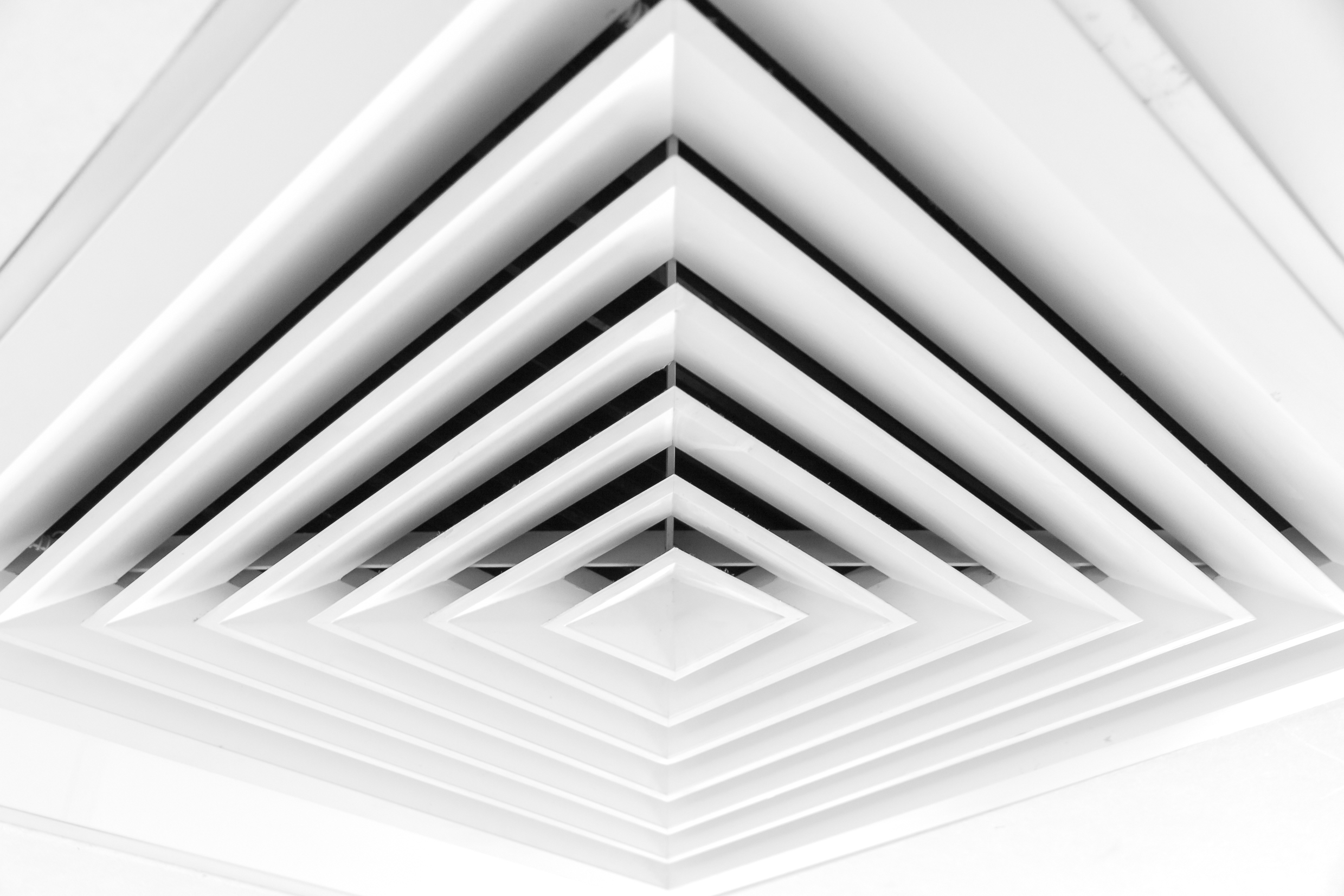
Carnegie museums in Pittsburgh, Pennsylvania, are thinking outside of the box and highlighting the HVAC system as part of a new exhibit. This new exhibit uses a ceiling HVAC vent to demonstrate how HEPA filters keep indoor air clean.
At the Carnegie Science Center, there is a large blue arrow in the middle of the floor pointing upward to an overhead vent with more blue arrows suspended from the ceiling. They read, “HVAC: It’s Like a Mask — For Our Building!”, “Are You Hep to HEPA?”, “Who the heck is MERV?”, and “Environmental engineers are studying the materials to filter out COVID-19”.
This exhibit was a collaboration between the Mascaro Centre for Sustainable Innovation, the Carnegie Science Centre, and the contractors/engineers that work for the centre. The associate professor of civil and environmental engineering at the University of Pittsburgh Swanson School of Engineering, Melissa Bilec, said the goal was to showcase the science that goes into building design.
She said, “Engineers do all this great work, and we cover it all up and we hide it, so nobody sees the ductwork or the filters… what we do is like artwork”.
The exhibit points out the relationship between HVAC design, indoor air quality, and museum collections. Art and artifacts require a stable environment to thrive, so museums take every precaution to carefully monitor temperature and humidity. The exhibit explained that the same dry air that keeps mummies from getting moldy can damage the delicate paint of artworks. But in other areas, high humidity, for even just a couple of days, can cause mold to grow, as well as make a comfortable environment for insect pests. Also, particulates like soot, dust, and chemicals in the air can cause damage to collections.
Due to the coronavirus being airborne, the quality of the air in indoor buildings like museums has become even more important. The appropriate air filter drastically reduces the amount of pollution coming into the building. This makes indoor air quality safer for the artwork and for the people visiting.
Carnegie Science Center employs HEPA filters to help keep the air quality up to proper standards and the internal spaces have a turn rate of two to three times per hour. Bilec’s display shows how filters that are at least MERV 13 or a HEPA filter can help by trapping particles carrying the virus.
Many different parts of HVAC filters are displayed with text explaining the functions of each type. It also explains the difference between aerosolized particles and droplets and how both masks and proper HVAC filtration can provide safety against the virus.
Bilec hopes that with so much misinformation about COVID-19, the exhibit will teach people about the way our buildings can do some of that important work for us.
The HVAC display will be featured at Carnegie Science Center as well as other Carnegie museums, including The Andy Warhol Museum.
FIELDBOSS stays current on industry trends to keep you informed on what’s happening in the HVACR world. Read our blog and sign up for our newsletter for all the latest news.